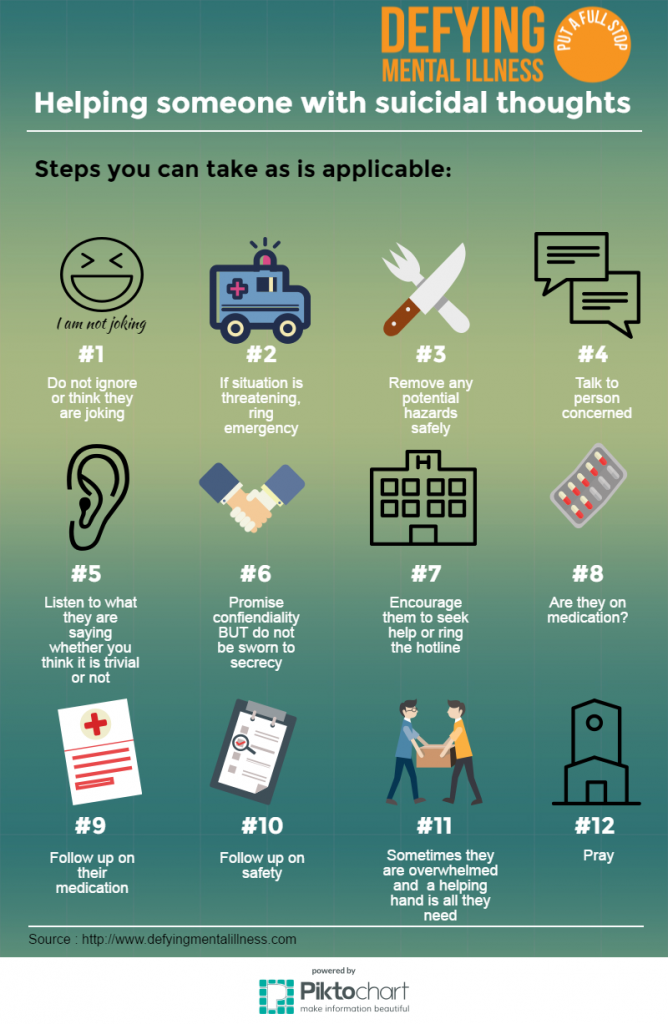What Is Narrative Therapy
What Is Narrative Therapy
Blog Article
Just How Do Mood Stabilizers Work?
Mood stabilizers aid to soothe locations of the mind that are affected by bipolar disorder. These drugs are most efficient when they are taken frequently.
It may take a while to locate the ideal medication that functions ideal for you and your physician will check your problem throughout treatment. This will involve regular blood examinations and potentially an adjustment in your prescription.
Neurotransmitter regulation
Natural chemicals are a group of chemicals that manage each other in healthy people. When levels come to be unbalanced, this can cause state of mind conditions like clinical depression, anxiety and mania. State of mind stabilizers help to stop these episodes by aiding manage the balance of these chemicals in the mind. They also might be utilized along with antidepressants to boost their efficiency.
Medications that function as mood stabilizers consist of lithium, anticonvulsants and antipsychotics. Lithium is possibly the most well known of these drugs and jobs by impacting the circulation of sodium via nerve and muscular tissue cells. It is most often made use of to treat bipolar illness, but it can additionally be practical in treating various other mood problems. Anticonvulsants such as valproate, lamotrigine and carbamazepine are also reliable mood supporting drugs.
It can take a while to find the best sort of medication and dose for each individual. It is very important to work with your physician and engage in an open discussion about exactly how the medication is helping you. This can be especially valuable if you're experiencing any kind of side effects.
Ion channel inflection
Ion channels are a major target of state of mind stabilizers and numerous various other drugs. It is now well established that they are vibrant entities that can be modulated by a range of exterior stimulations. In addition, the inflection of these networks can have a series of temporal effects. At one extreme, adjustments in gating characteristics may be quick and instant, as in the nicotinic acetylcholine receptor/channel system. At the other end of the spectrum, covalent modification by healthy protein phosphorylation might lead to changes in network function that last longer.
The area of ion channel inflection is getting in a duration of maturity. Current research studies have actually demonstrated that transcranial concentrated ultrasound (US) can behavioral health support promote nerve cells by triggering mechanosensitive potassium and salt channels embedded within the cell membrane. This was demonstrated by expressed channels from the two-pore domain potassium household in Xenopus oocytes, and concentrated US considerably regulated the current flowing through these networks at a holding voltage of -70 mV (appropriate panel, relative effect). The results follow previous observations showing that antidepressants influencing Kv channels control glia-neuron interactions to opposite depressive-like behaviors.
Neuroprotection
Mood stabilizers, like lithium, valproic acid (VPA), and carbamazepine, are essential in the treatment of bipolar illness, which is characterized by persistent episodes of mania and anxiety. These medications have neuroprotective and anti-apoptotic buildings that assist to avoid cellular damage, and they likewise boost mobile strength and plasticity in dysfunctional synapses and neural circuitry.
These safety actions of state of mind stabilizers might be moderated by their inhibition of GSK-3, inositol signaling, and HDAC task. In addition, long-lasting lithium treatment shields versus glutamate excitotoxicity in cultured nerve cells-- a model for neurodegenerative conditions.
Research studies of the molecular and mobile results of mood stabilizers have shown that these medicines have a wide range of intracellular targets, consisting of several kinases and receptors, as well as epigenetic adjustments. Further study is required to determine if state of mind stabilizers have neurotrophic/neuroprotective actions that are cell kind or circuitry details, and just how these effects may match the rapid-acting restorative reaction of these representatives. This will certainly assist to establish new, much faster acting, much more effective therapies for psychological diseases.
Intracellular signaling
Cell signaling is the process whereby cells communicate with their setting and other cells. It involves a series of action in which ligands engage with membrane-associated receptors and result in activation of intracellular paths that regulate vital downstream cellular functions.
State of mind stabilizers act upon intracellular signaling via the activation of serine-threonine protein kinases, resulting in the phosphorylation of substratum proteins. This activates signaling waterfalls, resulting in changes in genetics expression and mobile function.
Several mood stabilizers (including lithium, valproate and lamotrigine) target intracellular signaling paths by hindering particular phosphatases or turning on specific kinases. These impacts create a reduction in the task of these paths, which results in a decrease in the synthesis of specific chemicals that can influence the brain and lead to signs and symptoms of depression or mania.
Some state of mind stabilizers additionally work by boosting the task of the repressive neurotransmitter gamma-aminobutryic acid (GABA). This improves the GABAergic transmission in the mind and minimizes neural task, thus generating a soothing impact.